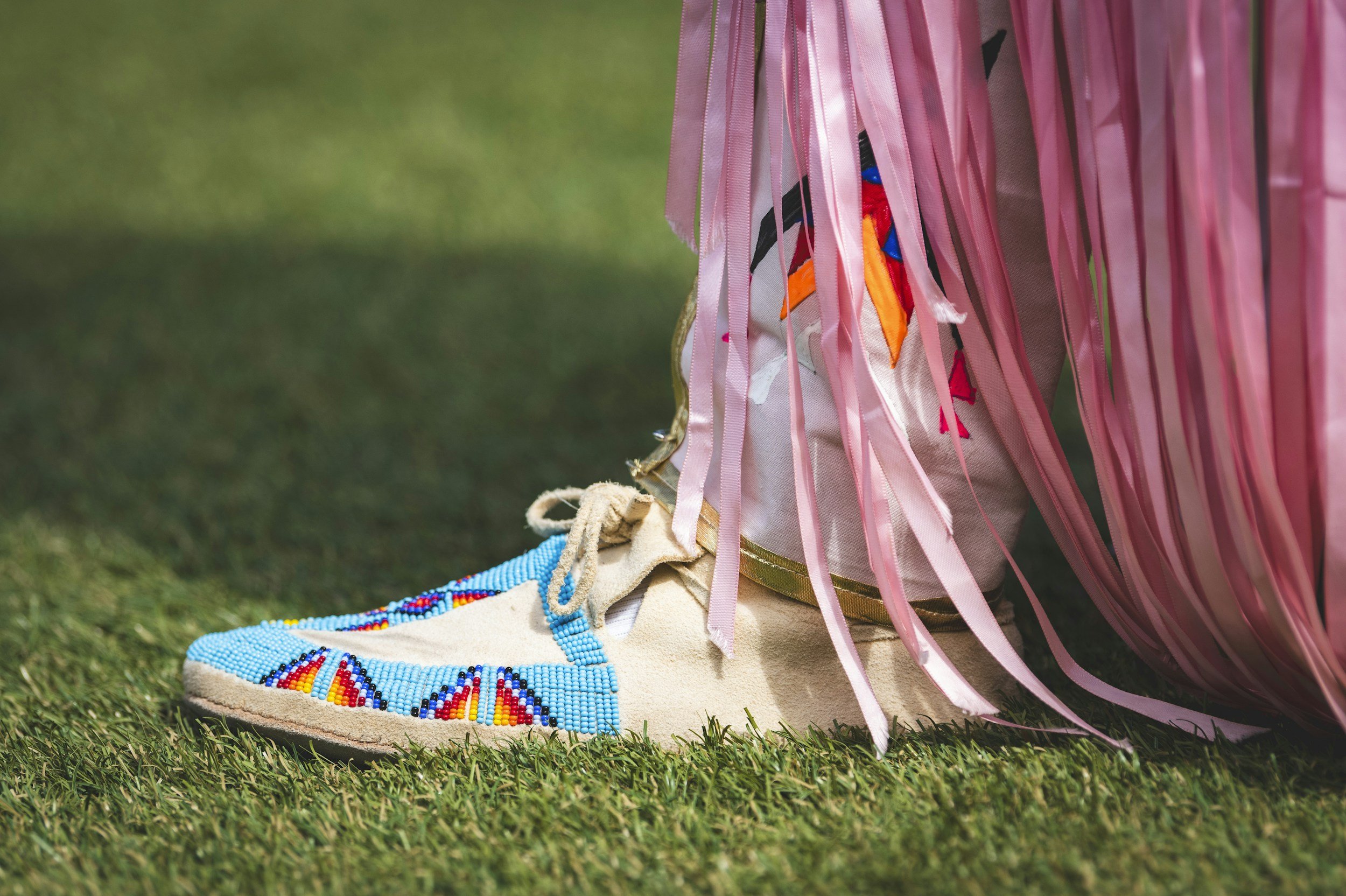Healing Systems: Why Cultural Identity Matters for Family Preservation
Culture Is Not Extra — It’s Essential
In child welfare practice, conversations about safety, wellbeing, and permanency often focus on immediate needs: housing, food, healthcare, supervision.
But true family preservation goes deeper than meeting physical needs — it is also about protecting a child’s cultural identity, sense of belonging, and connection to community.
When systems overlook culture, they risk doing lasting harm — even when intentions are good.
Healing child welfare systems means recognizing that cultural identity is not an “extra” — it is a core need, vital to a child’s wellbeing and to the survival of their community.
Why Cultural Identity Matters
1. Belonging Is a Basic Human Need
Every child has a right to know where they come from, who they belong to, and the stories that shaped them.
When children lose connection to their culture, they often lose a critical anchor in their development — leading to feelings of confusion, isolation, grief, and loss.
Cultural belonging isn't just important for "later in life" — it shapes how children see themselves from the very beginning.
2. Culture Strengthens Families
Many Indigenous, Black, Latinx, Asian, and immigrant families carry ways of raising children that are communal, relational, and deeply rooted in history and resilience.
These strengths are often overlooked — or even misunderstood — by mainstream child welfare systems.
Protecting cultural identity means valuing the family’s traditional ways of nurturing, teaching, and healing, even when those ways look different from Western models.
3. Family Preservation Is Cultural Preservation
When a child is removed from their family — and their cultural identity — it is not just one child who is impacted.
It is a wound to the whole community. It is a disruption of teachings, languages, ceremonies, and generational knowledge.
Family preservation isn’t just about individual families; it’s about keeping communities whole and ensuring that future generations have the stories, songs, languages, and ways that sustain them.
How Systems Can Center Cultural Identity in Practice
Honor Tribal and Cultural Authority
➔ Partner with tribes, elders, cultural leaders, and community-based organizations from the beginning — not as an afterthought.
Provide Culturally Specific Services
➔ Mental health, parenting support, healing circles, and advocacy must reflect the traditions and realities of the families served.See Families Through a Cultural Lens
➔ What looks like neglect through a Western lens may be survival, community resilience, or traditional caregiving practices.Invest in Community-Led Solutions
➔ Funding and empowering community-designed programs is key to restoring trust and ensuring culturally rooted support.Train and Equip the Workforce
➔ Staff must be supported with real, ongoing education about cultural humility, anti-racism, and Indigenous sovereignty — not one-off trainings.
Final Thoughts: Healing Systems Starts with Honoring Identity
Family preservation is not only about keeping children physically safe — it’s about keeping their spirits, their traditions, and their future whole.
If we want to heal child welfare systems, we must start by seeing cultural identity as a sacred and necessary part of every child's wellbeing.
At Bagamii-ayaa Consulting, I work alongside agencies, courts, and communities to support culturally grounded, healing-centered practices that protect families and honor tradition.
Because when culture is protected, families are protected — and when families thrive, communities thrive.
Interested in building more culturally responsive practices in your organization?
Contact me to learn more.

